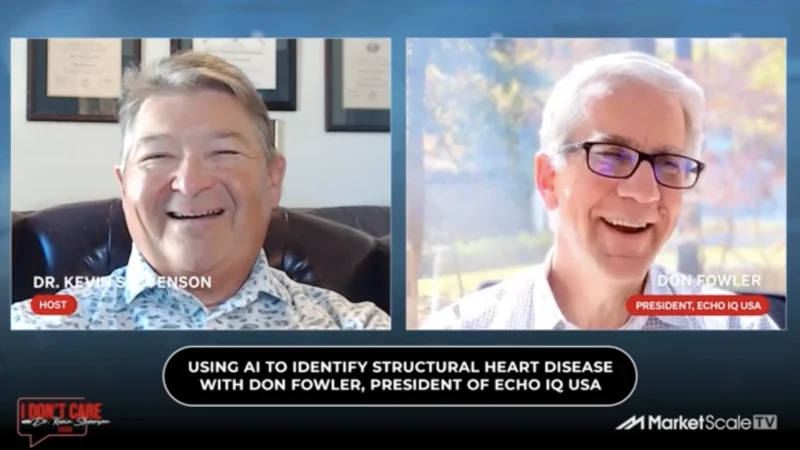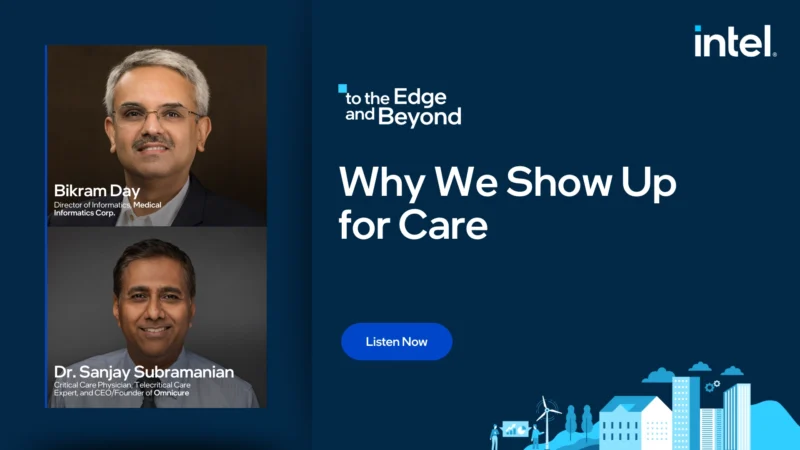Assessing Vendors in the Exploding Remote Monitoring Space
This case study delves into the expanding arena of remote patient monitoring and highlights the critical role a vendor’s long-term strategy plays in shaping technology adoption, patient experience, and outcomes in the healthcare system. Applying theoretical strategies in analyzing a potential vendor’s growth trajectory, this study aims to provide insights on the vendor evaluation process from an informed healthcare perspective. Initial findings underline the importance of understanding a vendor’s development roadmap and their commitment to patient-centric technology improvements. Recommendations center around fostering partnerships with vendors who exhibit comprehensive stakeholder engagement and a strong patient focus.
Introduction
The objective of this report is to examine a significant issue in the healthcare industry: the process of vendor assessment in the remote patient monitoring sector. It aims to present the relative factors influencing vendor selection and their broader implications on healthcare outcomes. The key issue at the heart of this case centers around the vendor’s long-term strategy, patient engagement plans, and the impact of their technology on healthcare providers and patients alike.
Findings
The key issue identified revolves around how vendors prioritize developments in their technology, taking into account the needs of various stakeholders in the healthcare ecosystem. It’s evident that a vendor’s thoughtful approach to patient-centric technology enhancements serves as a critical marker of their potential success. Additionally, the analysis reveals that vendors who maintain an outlook of at least five years ahead concerning their growth and impact on patient lives are likely to carry a higher degree of assurance for potential partners.
Discussion
The primary dilemma revolves around vendor selection and the potential repercussions it carries for healthcare outcomes. Among the solutions posited, one considers evaluating vendors based on their current methods of patient engagement and their approach to collecting and integrating patient feedback into their technological developments. Another method includes assessing the vendor against their long-term strategy and how resonant it is with the perspective of various stakeholders in the health ecosystem. Both methods provide valuable insights but come with their own set of advantages and limitations that need adequate evaluation.
Conclusion
The selection of vendors in the remote patient monitoring industry raises a set of complex decisions that revolve around stakeholder needs and patient-centric design. While the solutions offer alternative paths, each comes embedded with unique challenges and calls for a sound balance between short-term gains and long-term strategic advances in the health sector.
Recommendations
To conclude, the best-suited vendors are the ones who articulate a clear strategy, involve multiple stakeholders, and exhibit a strong orientation towards their technology’s users. Ensuring these aspects demands active dialogue, reciprocal partnership, and a commitment to continuous growth and adaptation with changing patient and healthcare needs.




